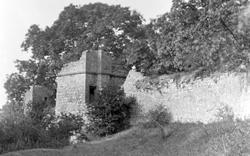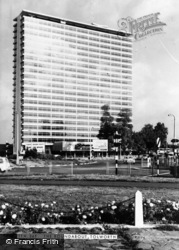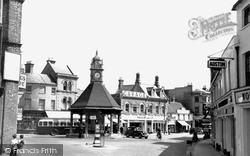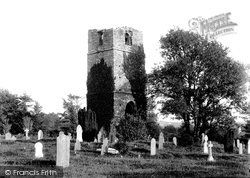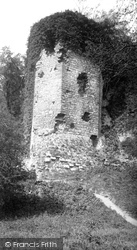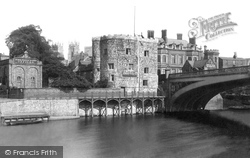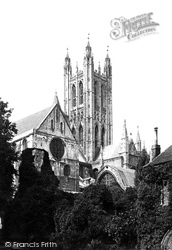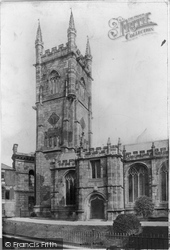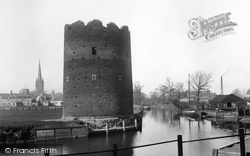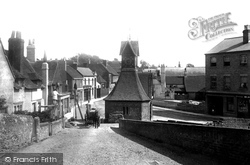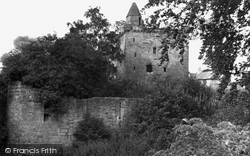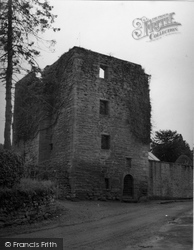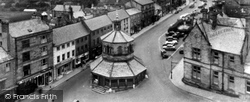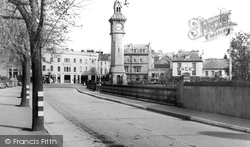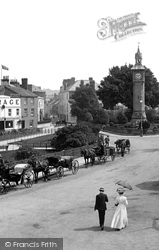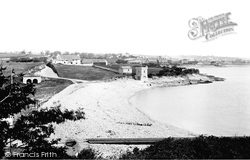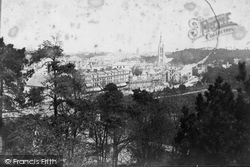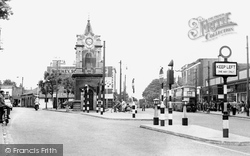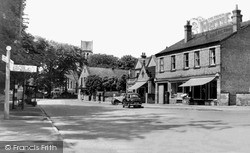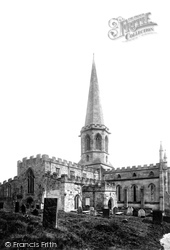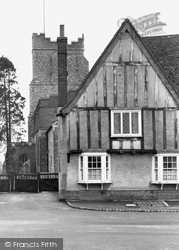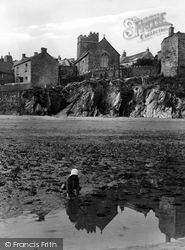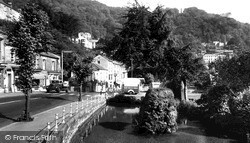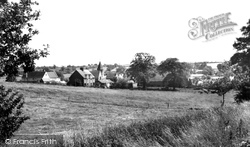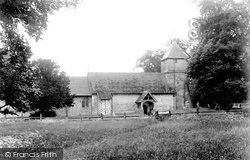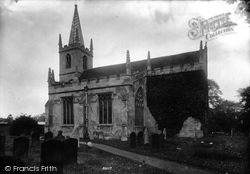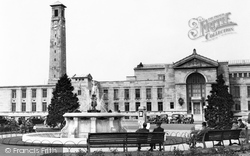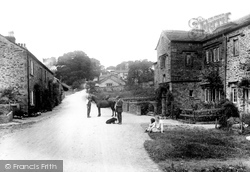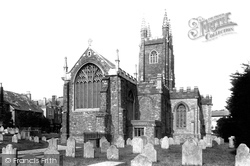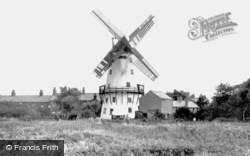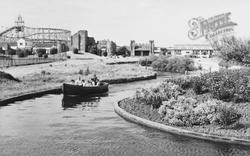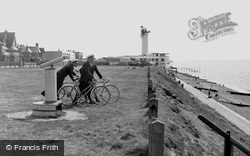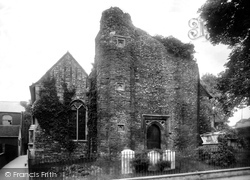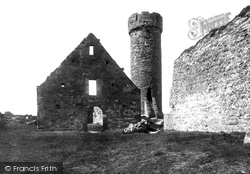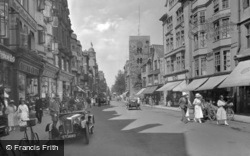Places
36 places found.
Those places high-lighted have photos. All locations may have maps, books and memories.
- Poplar, Middlesex
- Bow, Middlesex
- Bethnal Green, Middlesex
- Stepney, Middlesex
- Alton Towers, Staffordshire
- Isle of Dogs, Middlesex
- Limehouse, Middlesex
- Spitalfields, Middlesex
- Barjarg Tower, Dumfries and Galloway
- Bromley, Middlesex
- Stratford Marsh, Middlesex
- Tower Hill, Merseyside
- Tower Hill, Essex
- St George in the East, Middlesex
- Wapping, Middlesex
- Globe Town, Middlesex
- Old Ford, Middlesex
- Cubitt Town, Middlesex
- Tower Hill, Cheshire
- Tower Hill, Surrey
- Bow Common, Middlesex
- Mile End, Middlesex
- Millwall, Middlesex
- Ratcliff, Middlesex
- Warmley Tower, Avon
- Tower Hill, Hertfordshire
- Tower End, Norfolk
- Tower Hamlets, Kent
- Tower Hill, Devon
- Tower Hill, West Midlands
- Blackwall, Middlesex
- North Woolwich, Middlesex
- Hackney Wick, Middlesex
- Shadwell, Middlesex
- South Bromley, Middlesex
- Tower Hill, Sussex (near Horsham)
Photos
2,720 photos found. Showing results 1,481 to 1,500.
Maps
223 maps found.
Books
1 books found. Showing results 1,777 to 1.
Memories
637 memories found. Showing results 637 to 637.
Captions
3,036 captions found. Showing results 1,777 to 1,800.
St Mary's Church, just visible amongst the trees, was rebuilt with a tower after the steeple fell off the original building in 1792.
St Andrew's is unique in having a peal of 5 bells in the mediaeval west tower and a second peal of 8 bells in the Victorian east tower.
The unusual octagonal tower topped by its elegant spire forms the backdrop to many views of the ancient market town and capital of the Peak.
In the background stands the church of St Mary the Virgin - its flint tower dates from the 15th century.
The Church of St Just has a 15th-century tower which was built to hold a light for shipping. This may have helped local boats, but the nearby Dodman Point claimed many ships.
On the horizon, in the right distance, we can see the tower which stands at the summit of the Heights of Abraham, which today can be reached by cable car.
From the south and south-west, the minster's twin towers, set against a backcloth of Colehill trees, dominate the skyline and dwarf the rooftops of ordinary buildings.
The church of St John, centre left, is Norman in origin, but has a later octagonal tower and pyramidal roof. G E Street restored the church in 1860-61.
Consecrated in August 1830, St Peterís church is built in brick and stone; it consists of chancel, nave, north and south porches, and an eastern tower with a spire containing a clock and six bells
The 17th-century tower contains four bells. It is unusual that the rood-screen and loft are still in place – the rood loft is one of the two in Hampshire that survived the Reformation.
St Peter's Church, almost entirely rebuilt in the 1770s by Thomas Lumby in partly scholarly Gothic, although a cheery Strawberry Hill Gothick breaks out here and there, particularly in the west tower
At the heart of Southampton lies the Civic Centre, with its council offices, law courts and art gallery.The building dates back to the 1930s; soaring above it is the distinctive 182-ft high tower
This posed picture shows the lower part of the village.The 15th-century tower of the village church is peeping out on the skyline on the left.
The 120ft tower was completed in 1459; stone for the building was landed at a quay specially built at the bottom of the hill.
In 1913, the castle was overrun with actors rather than sheep as Marten`s Tower and the Main Gatehouse looked down on the making of the film Ivanhoe.
This view of the golf course and clubhouse from one of the lakes shows the old mansion in the background, with the tower that forms the entrance to the courtyard visible to the right of the
Marsh Windmill is a large Fylde-type brick tower mill with four patent shuttered sails and a fantail. Dated 1794, it worked until 1922.
The motor boat ride still operates, providing a pleasant alternative journey through the seashore gardens from Tower Esplanade to the north end of the parade.
The 120-ft tower seen here was demolished in 1969.
Before the construction of the Senate House in the early 18th century, students received their degrees in the Church of Great St Mary's, whose tower dominates the right-hand side of the road.
The late 17th-century tower with its liberal use of salvaged Roman brick fell in the 17th century.
In the distance is the small stone tower above Abereiddy that overlooks the popular Blue Lagoon.
Built in the Irish style, the round tower dates from the 10th or 11th centuries and would have been used by the monks as a place of refuge during raids by pirates or Vikings.
As we turn right along Cornmarket Street, the most striking building amid the shops is the rough-hewn late Anglo-Saxon tower of St Michael's Church, with its two tiers of paired belfry windows.
Places (38)
Photos (2720)
Memories (637)
Books (1)
Maps (223)


